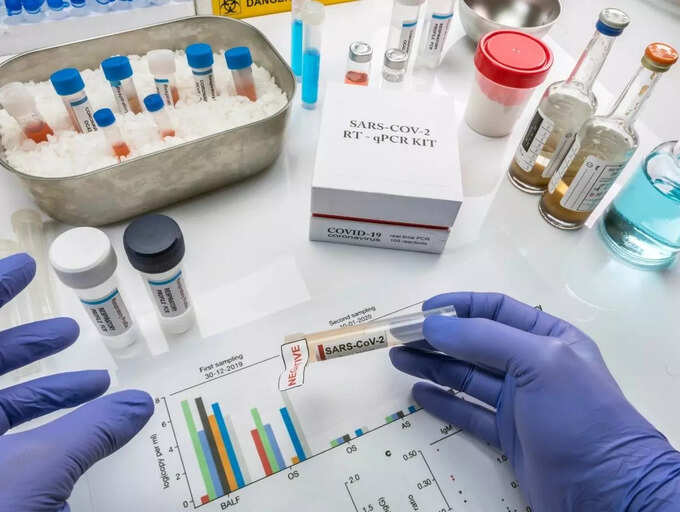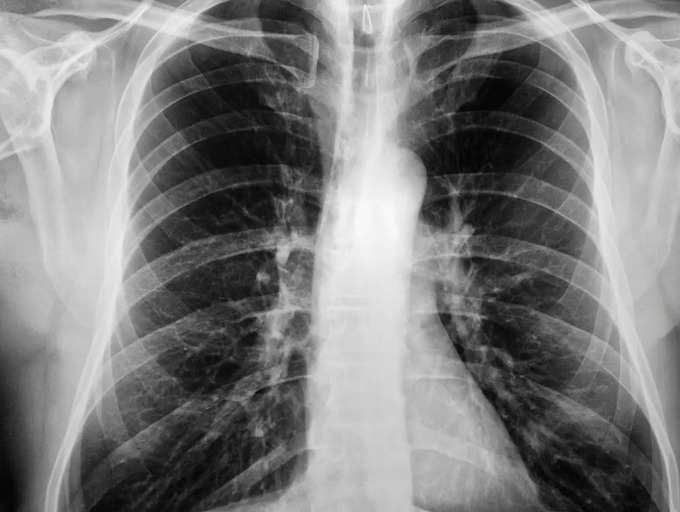01/5All about COVID-19 diagnosis

Since the beginning of the coronavirus pandemic, scientists have burnt the midnight oil to tackle the COVID-19 crisis. From developing effective vaccines to coming up with new treatment options, they have gone over and beyond to help people fight and survive the SARs-COV-2 virus. But most importantly, medical professionals have successfully developed accurate and reliable testing methods that are central to COVID-19 detection and diagnosis.
02/5RT PCR vs. Rapid Antigen Tests

Even to begin with treatments, one must first identify whether or not a person is really suffering with the deadly virus or not. To do so, there are several techniques available to us, including a molecular RT PCR test, rapid antigen test or an at-home COVID-19 test.
RT PCR is said to be the most accurate form of COVID testing, wherein swabs are taken from a person’s throat or nose or both. The swab samples are then sent to the laboratory, where scientists look for the RNA, or the genetic component of the virus, which is likely to present the most accurate results.
But PCR tests can take a long time to showcase results, which is when rapid tests come in handy. They are prompt in delivering results since the technology it uses traces only the protein in the virus strain rather than the entire virus RNA. This is also one of the reasons why rapid tests could result in false negatives.
That said, while both RT PCR and rapid tests have certain pros and cons, experts have come up with another diagnostic tool that can help detect COVID-19. Read on to find out what it is.
03/5Chest X-rays can tell you if you have the SARs-COV-2 virus, here’s how

Studies suggest chest X-rays can help detect COVID-19 infections. It is believed that radiologists with the help of X-rays can find abnormalities in the lungs that could indicate COVID-19.
A chest X-ray is recommended for anyone suffering from respiratory issues. It helps give a better understanding of a person’s heart and lung functions. In terms of COVID-19, a radiograph may read normal in the initial stages, however, as the disease progresses into severe respiratory complications, X-ray readings may seem similar to pneumonia or acute respiratory distress syndrome (ARDS).
X-ray readings may show bilateral multifocal consolidations, that means filling of pulmonary airspaces with fluid or other inflammatory substances or small pleural effusions, that refer to abnormal fluid that develops in the spaces lining the lungs.
Continue Reading:https://timesofindia.indiatimes.com/life-style/health-fitness/health-news/coronavirus-how-to-know-if-you-have-covid-19-and-no-it-is-not-through-an-rt-pcr/photostory/90125417.cms






